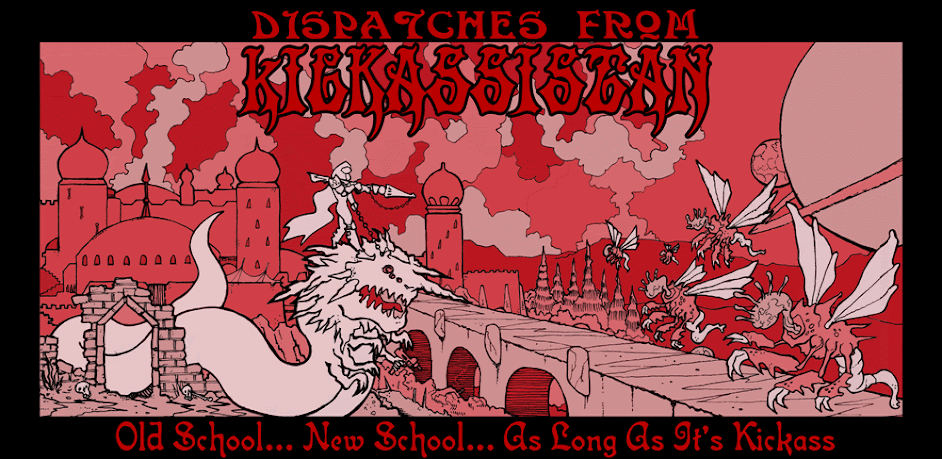A little while ago, I got slightly obsessed with Judges Guild material. Crappy typesetting (as in, everything wasn't so much typeset as type
written and then assembled onto pages) and all. To be fair, these things are chock full of nostalgia for me, but not nostalgia for products I used at a particular time in my gaming career or anything, but rather for the DIY, fly-by-the-seat-of-your-pants, labor of love nature of these products. By today's standards, many of these products were misleading or incomplete in that, if you didn't already have some clue what to do with them, you wouldn't learn much about how to use them from them themselves. So, I started digging up pdfs for as many Judges Guild products as I could a few weeks back and tried to see if there was anything I could use or emulate for any of the current games that I am running (JG material in 4e? hell yes!). One of the neatest products I ran across during this data mining was
Ready Ref Sheets.
WTF Is Ready Ref Sheets?
Way back in the mists of time, there was no DMG. There really was no D&D material that was published expressly for the use of the DM. Even if you consider two out of three of the white box books were ostensibly for DMs, remember that anyone who wanted the Men & Magic book also had to pick up the box that also had Monsters & Treasure and The Underworld & Wilderness Adventures as well. So, these two other books ended up being as much for players as for DMs (ultimately) and while DMs had the Supplements that TSR would soon published, I get the feeling that most of these would get picked up by players as well, particularly Greyhawk (for the thief) and Blackmoor (for the monk and druid). When the Judges Guild published
Ready Ref Sheets, there was no DM-specific reference guide filled with "here's a rule or a chart to help you with something that you might not have thought to prepare for"-type information. All packed into (literally) typewritten page after typewritten (and chopped up and reorganized) page. Some of the charts and tables and such JG might have previously published in earlier products, but here it's all in one place. Add to that some more traditional reference material ("combat matrices" and saving throw tables, lists of TSR-published monsters & their stats, etc.), and you've got what was, at the time, one of the most useful bits of D&D history.
Using Ready Ref Sheets Today
An intrepid DM can find a lot of inspiration in Ready Ref Sheets. The section on Ravaged Ruins (page 43) is actually pretty stellar yet simple and could provide a lot of direction when you need it most. Some sections have been done better since (Poisons & magic item creation rules, etc.) and can largely be ignored. At least one section (Women) needs to be either (a) pitched entirely or (b) completely rewritten for a modern audience to cull the rampant male fantasies running amok there. Everything else seems to fall somewhere between these with dashes of largely irrelevant (at least to today's games) and pretty damn awesome. My final word is that there's plenty of stuff to draw inspiration from here, plenty of things to rip off and plenty of things to completely rework to make usable.

Comments
Post a Comment